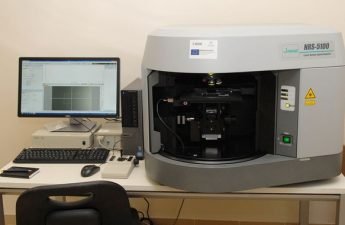For the first time, mice embryos were developed inside the International Space Station (ISS).
Category: Biology
Visiting Tierra del Fuego
I traveled to Argentina’s extreme south during winter and I met the natural beauties of Tierra del Fuego (Fireland).
Rice crops on Wentian
An experiment on the Wentian module, on Chinese space station, produced rice seedlings. Opening the possibility to produce food in space.
Robotic fish made with cells
Researchers have built a biohybrid robotic fish, made with heart human cells to study the organ’s operation.
Phosphorus cycle: what is it and how does it work?
Phosphorus is one of the most important elements for living beings. The operation and importance of the phosphorus cycle are explained in this post.
pH: definition and importance
This post shows the concept of pH and its influence on the nitrogen cycle. This is a continuation of the previous post about Environment.
Nitrogen cycle: what is it and how it works?
This post subject is the nitrogen cycle, an important geochemical process for the survival of living beings inland and aquatic ecosystems.
Synthetic starch from carbon dioxide
Chinese scientists produced synthetic starch from carbon dioxide () for the first time. Making possible industrial production.
What is Raman spectroscopy?
Today’s subject is Raman spectroscopy. A very used technique in physics, chemistry, and biology to analyze materials’ molecular structure.
Amazonia-1: the Brazilian observation satellite
The Amazonia-1 is the first Earth observation satellite totally developed in Brazil. Its mission is to detect and monitor deforestation in the Amazon.










